0 Comments
Leave a Reply. |
FIELD NOTESOur research at the University of Alberta often involves stints in the field. Field Notes posted here are written by team members and report on their adventures off-campus. Archives
December 2024
|
© 2025 by J. Beverly
Banner photo courtesy Alberta Wildfire - Fire PWF-034 2018
Banner photo courtesy Alberta Wildfire - Fire PWF-034 2018
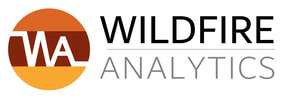
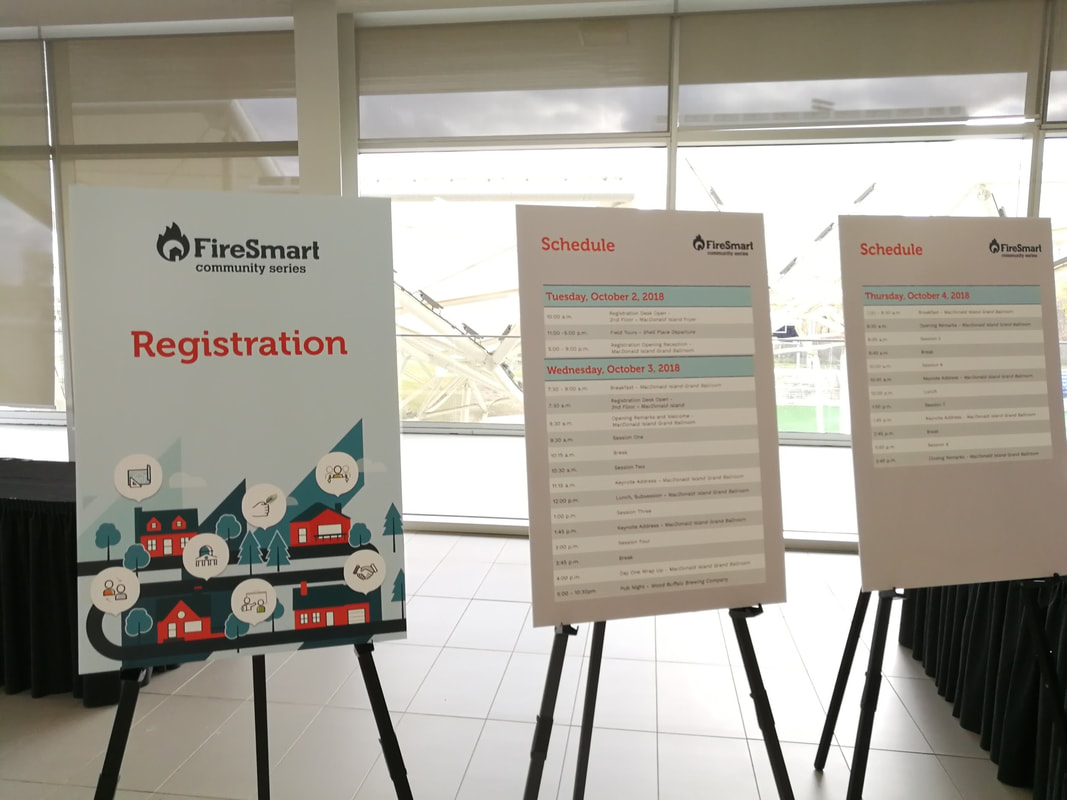

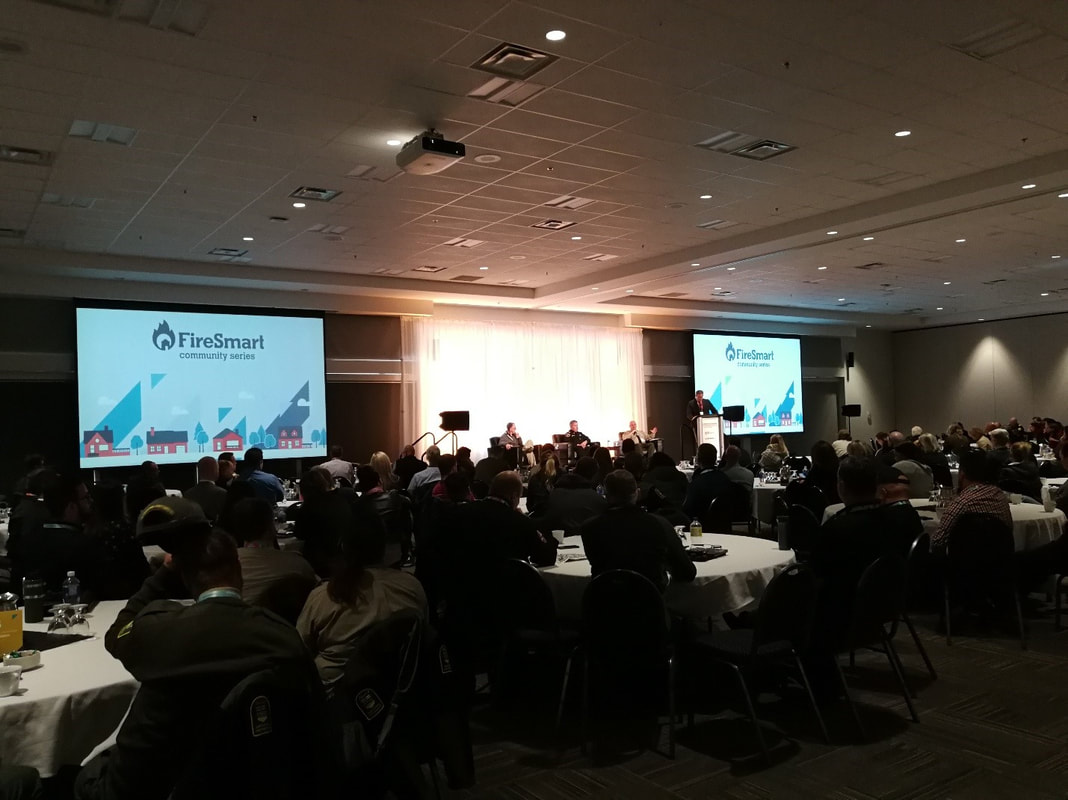
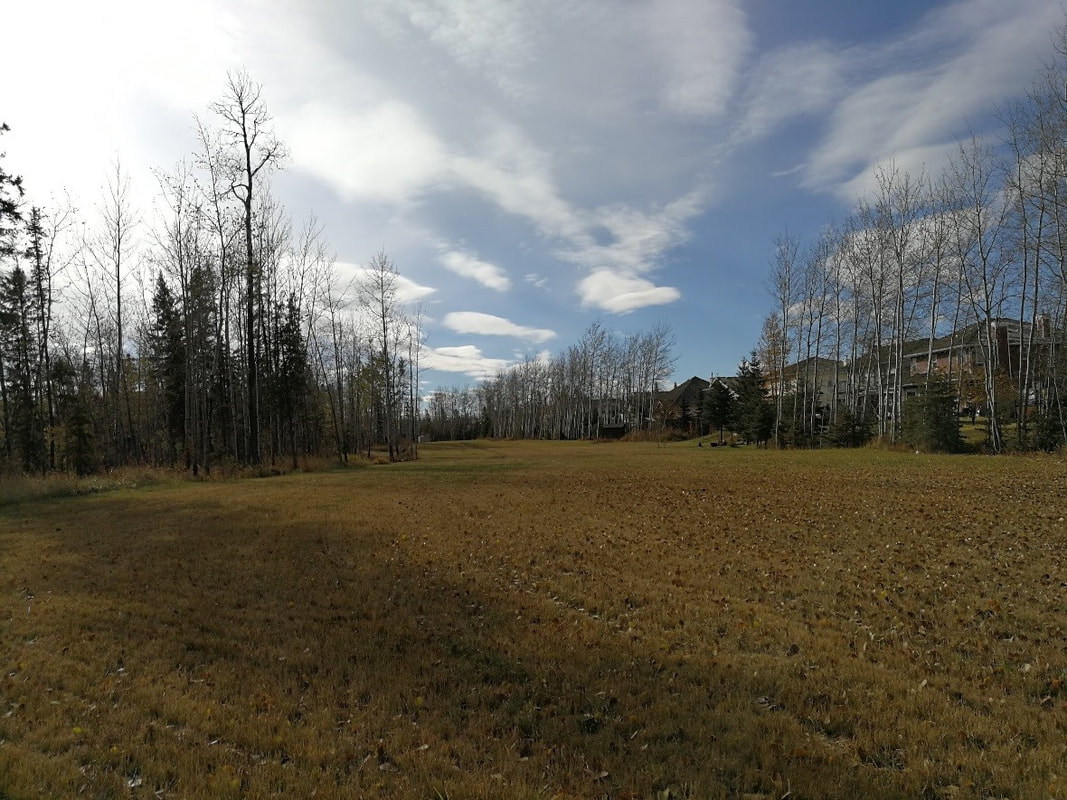
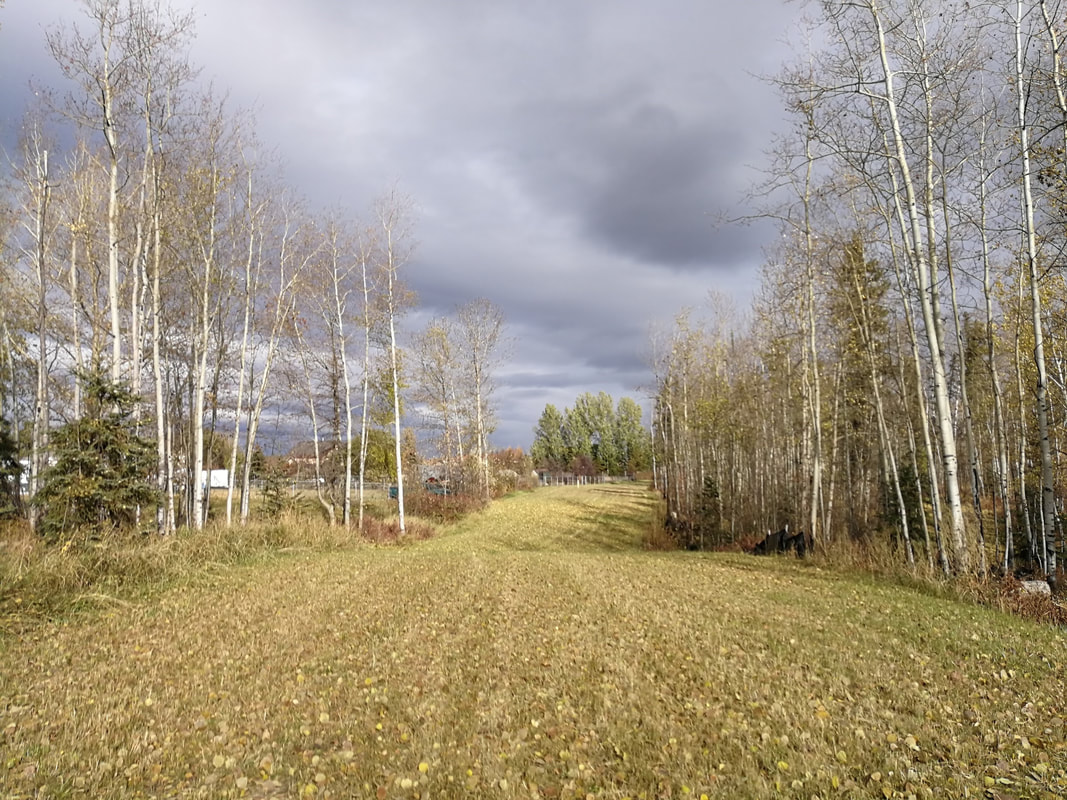

 RSS Feed
RSS Feed